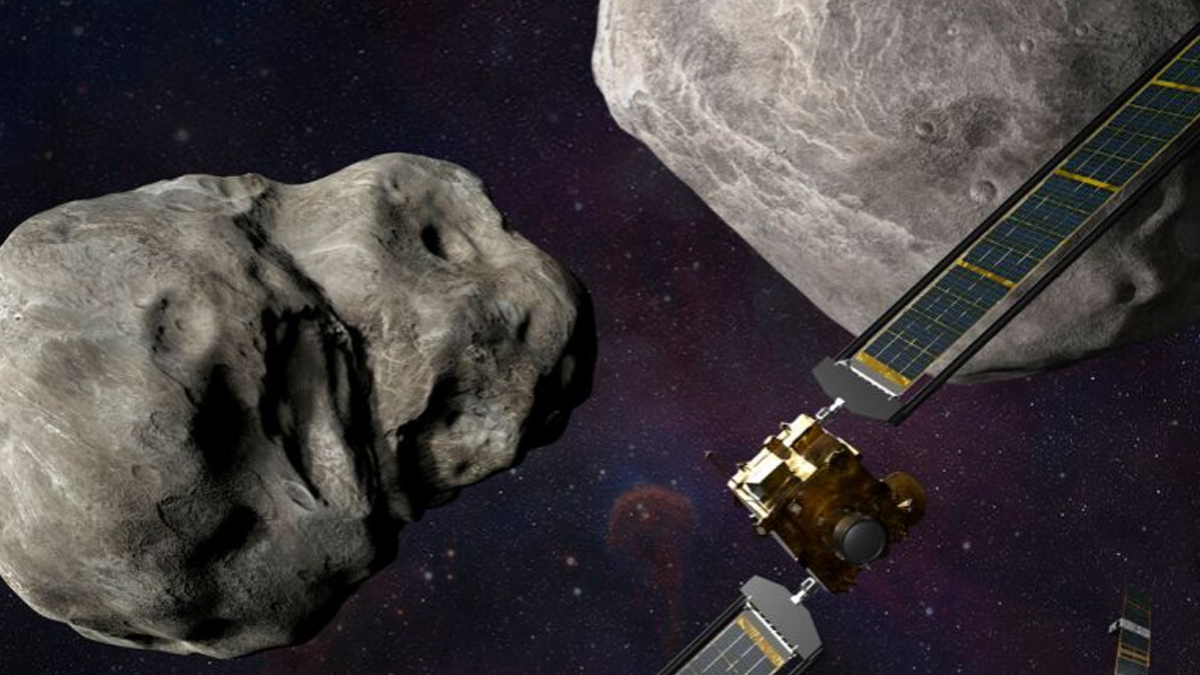
US space agency says images from Hubble telescope show dozens of boulders floating away after collision.

The United States space agency says dozens of rock fragments were sent into space when it conducted a successful effort in 2022 to knock an asteroid off its path by making a satellite collide with it.
In a press release on Thursday, NASA said images captured by the Hubble space telescope show a “swarm of boulders” released after the collision, which was meant to test a method of planetary defence.
“We see a cloud of boulders carrying mass and energy away from the impact target. The numbers, sizes, and shapes of the boulders are consistent with them having been knocked off the surface of Dimorphos [the asteroid] by the impact,” David Jewitt of the University of California at Los Angeles, a planetary scientist who uses Hubble to track changes in the asteroid, said in the press release.
“This tells us for the first time what happens when you hit an asteroid and see material coming out up to the largest sizes. The boulders are some of the faintest things ever imaged inside our solar system.”
The impact, which took place in September, was part of a programme called the Double Asteroid Redirection Test (DART), meant to assess whether scientists could shift the trajectory of objects in space.
September’s experiment was hailed as a success: The satellite slammed into the asteroid at about 22,530 kilometres per hour (14,000 miles per hour), successfully altering its course. Jewitt noted that the impact left a crater about 50m (160 feet) wide.
In the future, scientists hope the technique could be used to swat away asteroids on course for potentially catastrophic collisions with Earth.
While the method could produce numerous boulders, as demonstrated by Thursday’s Hubble images, those rocks do not appear to be a threat. Jewitt explained that the boulders produced in September are currently moving at about 1km/h (0.5mph), the same menacing speed as that of a giant tortoise.
About 37 boulders were counted in total, ranging in size from 0.9m (3ft) to 6.7 metres (22ft) across
Source: Aljazeera




